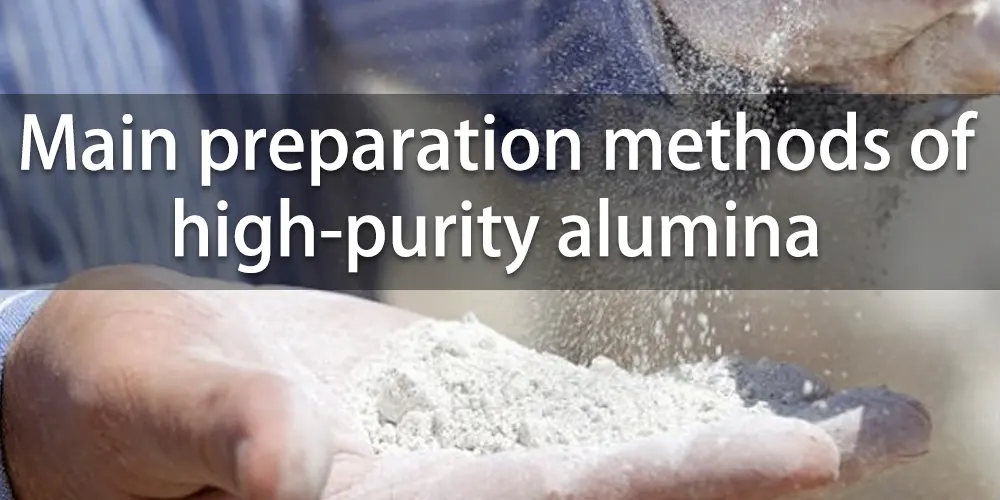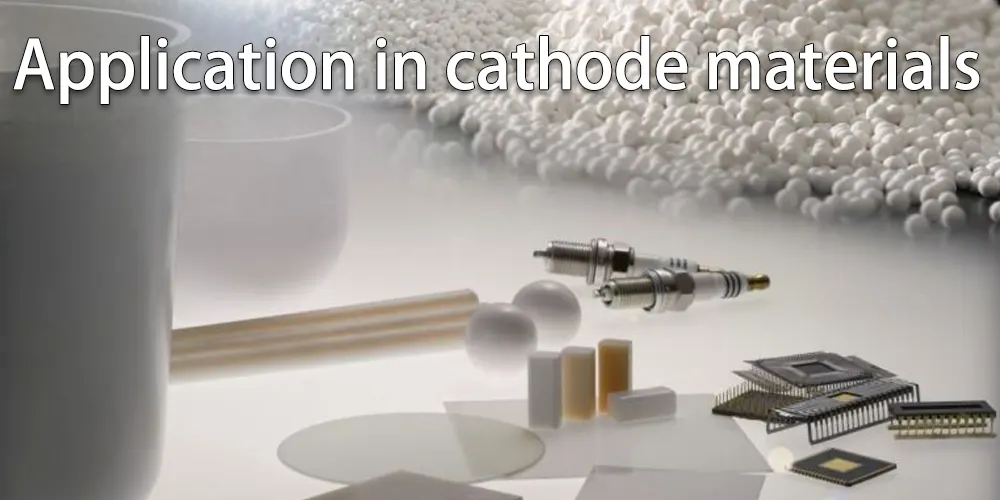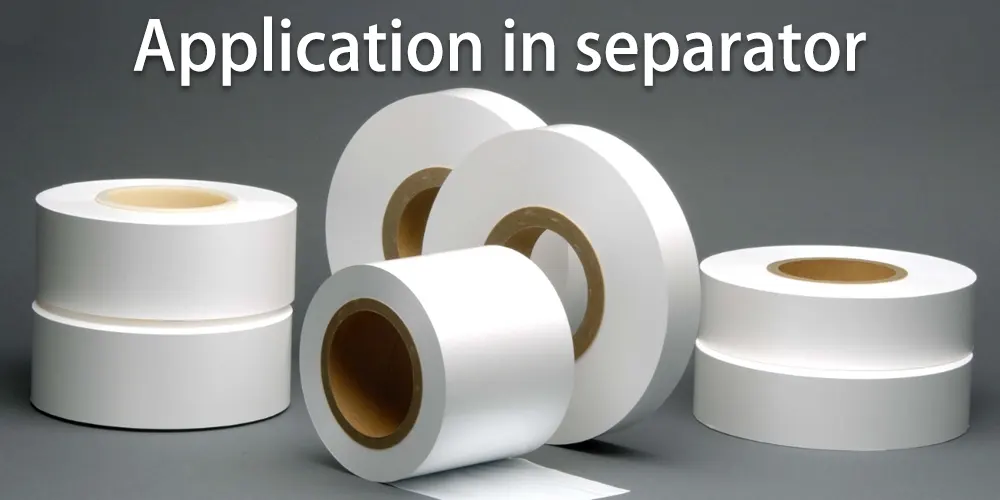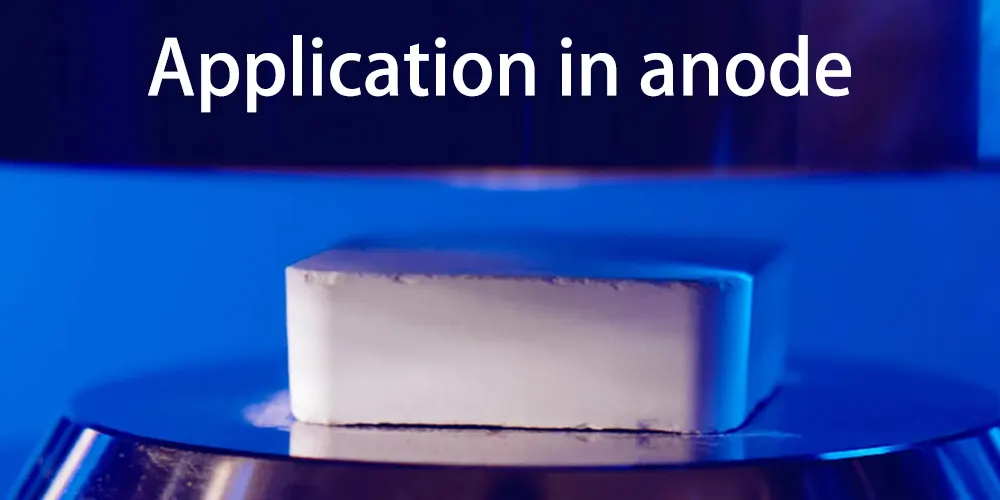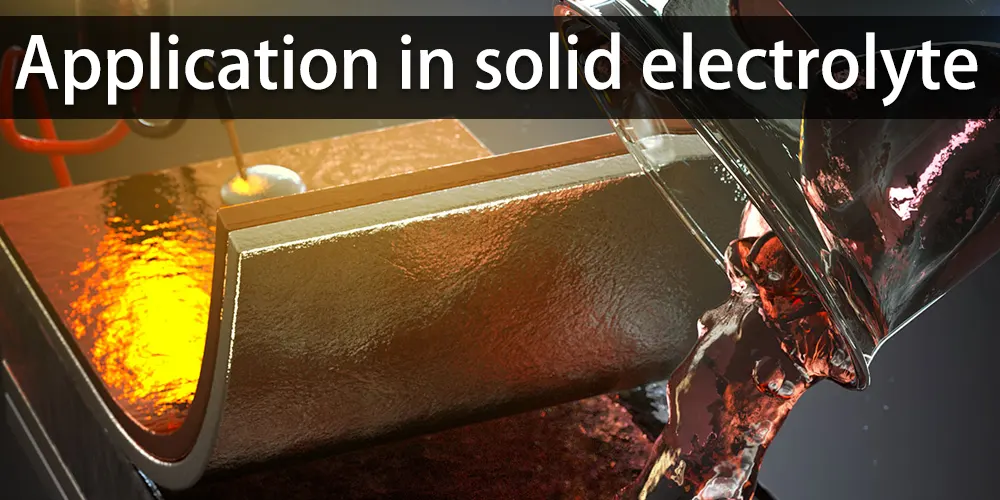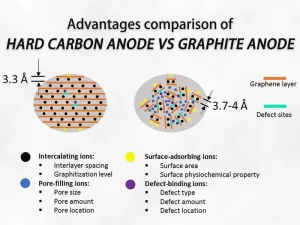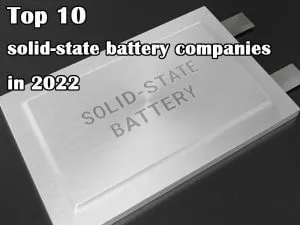Preparation methods of high-purity alumina and its application in lithium batteries

With the continuous expansion and deepening of the application of alumina, the technical requirements for the purity and particle size distribution of alumina are increasing. This article deeply explores the preparation method of high-purity alumina.
Main preparation methods of high-purity alumina
The preparation methods of high-purity alumina in China mainly include: improved Bayer method, aluminum alcohol hydrolysis method, aluminum ammonium sulfate pyrolysis method and aluminum ammonium carbonate pyrolysis method.
Comparative analysis of high-purity alumina preparation methods
| Preparation methods | Basic principle | Advantages |
|---|---|---|
| Improved Bayer method | After NaAlO₂ is hydrolyzed to obtain AI(OH)₃, it is fired to obtain high-purity alumina | Wide range of sources of raw materials, easy to control the purity of high-purity alumina |
| Improved Bayer method | High temperature decomposition of organoaluminum alkoxides | The reaction temperature is low, the purity is as high as 4N5, and the particle size distribution range is small. It can meet the requirements of producing LED and single crystal sapphire, and can also meet the requirements of ceramic coating, and the process is pollution-free. |
| Improved Bayer method | High temperature decomposition of high-purity aluminum ammonium alum | The process is relatively simple, the investment is the least, the cost is relatively low, the particle size distribution is narrow, and the powder agglomeration is slight. |
| Aluminum ammonium carbonate pyrolysis method | High temperature decomposition of high-purity ammonium aluminum carbonate | No pollution, the process is relatively simple, and the product output ratio is improved, resulting in the generation of waste liquid. |
Application of alumina in lithium battery
Application in cathode materials
In the research of cathode materials for lithium-ion batteries, an important way to improve the performance of materials is to coat the surface of electrode materials. The purpose is to reduce the contact between the acidic substance of the electrolyte and the electrode material, reduce the corrosion of the electrode by hydrofluoric acid, and reduce the acid-base side reaction, which is of great help to improve the structural stability of the cathode material.
At present, Al2O3 is one of the most researched oxide coating materials. It is widely used because of its abundant reserves, low price, and can significantly improve the structural stability, electrochemical performance and safety of cathode materials.
LiMn2O4 material is a high safety electrode material. However, in the high temperature environment and long-term cycle process, there is a phenomenon of metal manganese dissolution, which seriously affects the service life of the battery. The contact area between the surface of LiMn2O4 coated with Al2O3 and the hydrofluoric acid in the electrolyte is reduced.
Therefore, the corrosion effect of hydrofluoric acid on the electrode material is reduced, the solubility of manganese is also controlled, the structural stability of LiMn2O4 is improved, and the capacity fading of the electrode is improved.
High-nickel material is a cathode material with high gram capacity, but the high-temperature cycle life and safety need to be improved. Coating Al2O3 makes the starting position of the exothermic peak detected by the cathode move backward, and the heat release decreases, indicating that Al2O3 reduces the surface activity of nickel-cobalt-lithium manganese oxide and improves the thermal stability of the material.
Application in separator
Separator is the key material to realize the physical separation of cathode and anode, and its performance has a great impact on the reliability and safety of lithium-ion batteries. Lithium-ion batteries will emit a lot of heat when they work continuously at high current for a long time, which requires the separator to have a high melting point and a low shrinkage rate at higher temperatures to prevent short circuits between the cathode and anode caused by high temperature shrinkage or melting.
PP, PE and their derivatives are common materials for lithium-ion battery separators, and there are risks in using them under high temperature conditions. There is a uniform pore structure on the surface of the coated separator, the mechanical strength of the separator is significantly improved, and the particle size of the ceramic particles is small.
The ceramic coating has a high specific surface area and more pores, and the coating film can absorb more electrolyte, which is of great help to improve the electrical performance of the battery.
Application in anode
Alumina powder can be coated not only on the separator, but also on the surface of the anode. The aluminum oxide coating is evenly coated on the surface of the graphite anode, and the experiment of top 10 anode material manufacturers proves that the anode coated with alumina ceramics has no adverse effect on the high-current discharge performance of the battery.
During multiple cycles, the morphology and particle size of alumina coating particles remained basically stable, the coating had no significant effect on the crystal structure of graphite, and the deintercalation behavior of lithium ions in graphite did not change significantly.
Coating the alumina ceramic coating improves the stability of the anode interface, reduces the loss of active lithium, and improves the charge retention and cycle performance of the lithium-ion battery. During the acupuncture test, the ceramic coating on the surface of the anode can reduce the severity of the short circuit between the cathode and anode.
Application in solid electrolyte
With the rapid development of the electric vehicle industry, consumer terminals have higher and higher requirements for the comprehensive performance of power batteries. The improvement of the mass energy density of traditional lithium-ion batteries has encountered a bottleneck, and the safety problems of lithium-ion batteries under high temperature and abuse conditions are prominent. In order to meet the high energy density and safety requirements, the development of solid state battery technology is a must.
Different from liquid electrolytes, solid electrolyte materials have high hardness and certain mechanical strength, which have an important inhibitory effect on the growth of lithium dendrites. Lithium metal can be used as electrodes in solid-state batteries, so the energy density of batteries can be greatly increased.
In polymer solid-state electrolyte research, many polymer electrolytes based on metal salts dissolved in polyethers, especially PEO, have been extensively studied. Their electrical conductivity is usually low at room temperature, and the addition of nano-oxides can not only increase the conductivity of the polymer, but also improve the stability of the polymer.
The high specific surface area of Al2O3 can effectively maintain the liquid electrolyte and facilitate the adsorption of residual trace impurities, thereby improving the compatibility of the composite polymer electrolyte with Li metal.
Conclusion
High-purity alumina is an important raw material, and it is more and more widely used in lithium battery electrode materials, diaphragm materials, and solid electrolytes. The introduction of alumina is not only beneficial to the improvement of the electrochemical performance of electrode materials, but also conducive to the improvement of battery safety. With the deepening of research, the application of alumina in lithium batteries will be further deepened.


